Can a business succeed without marketing? It’s not likely. Even businesses that aren’t currently invested in a long-term marketing strategy have done some form of marketing to get the word out. When you think about it, marketing is in nearly everything we do, from content, ad creatives, landing pages, emails, etc.
What’s more important is that you are focusing on the initiatives that not only align with specific marketing goals but overall business objectives as well. This is how you can truly measure the impact marketing has on the business.
Here are some key stats to know when it comes to successful marketing strategies you should absolutely consider:
- Content marketing costs 62% less than traditional marketing and generates three times as many leads.
- The top three content marketing KPIs marketers report using are organic traffic (76%), leads generated (62%), and sessions (60%).
- For every dollar you spend on email marketing, you can expect to earn a staggering $42 back.
- Leads that are actively nurtured by marketing produce 20% more sales opportunities.
- Companies that nurture leads generate 50% more sales at 33% lower costs.
- 80% of B2B companies use content marketing for lead generation.
- 73% of leads are not sales-ready the first time they interact with your brand.
- 63% of leads who inquire about your business won’t be ready to convert for at least three months.
- Leads are nine times more likely to convert when businesses follow up within five minutes.
- Mobile advertising spending is expected to surpass $280 billion dollars by 2022.
- The #1 result in Google’s organic search results has an average CTR of 31.7%.
- 39% of purchasers are influenced by a relevant search.
- LinkedIn is the second-most popular social media platform used by B2B marketers, ranking only behind Facebook.
- 72% of customers prefer learning about a product or service by way of video.
With all of these in mind, it is clear that a well-developed marketing strategy isn’t something to leave to chance. Now, let’s check out the most effective methods that have been proven to fuel revenue growth.
Increase Market Penetration
Studies suggest you’re 60%–70% more likely to sell to existing customers than to gain a new one. And that makes perfect sense — people who already buy from you are familiar with your brand. They already like you and you don’t have to try as hard to convert them.
Market penetration is the official term for this process, where you dive deeper into your existing market by offering upsells, cross-sells, or new products to your existing market.
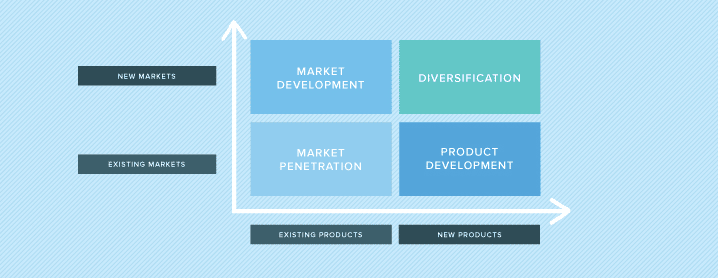
So what would be a good market penetration rate? Anywhere between 10-40%.
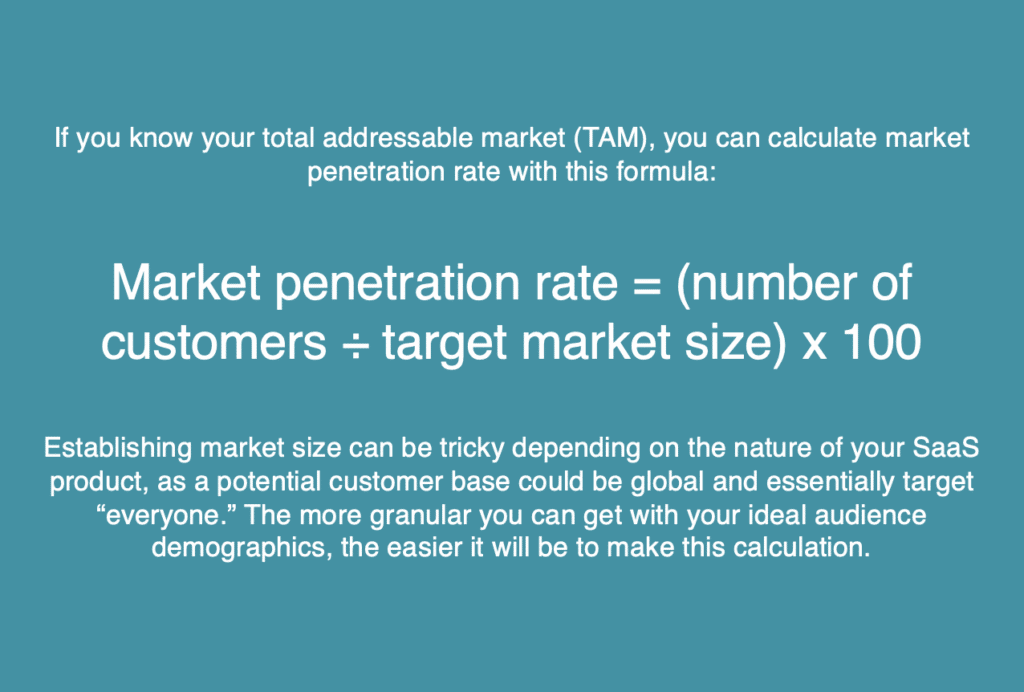
Further, keep the following in mind:
- Look at what your competitors are doing and how to better position yourself based on the gaps that exist.
- Content is legit king, so invest in that. Seriously. That’s how you win. Creating valuable content doesn’t mean every single piece will be successful, but you increase your chances of meeting buyers within their lifecycle stage and actually starting a conversation.
- Meet your target customers wherever they are most active. For example, if they are active on LinkedIn, have a presence there and participate in the same conversations they are having.
Develop Video Tutorials
Video marketing is a key channel, especially since YouTube is the second largest search engine in the world (second to Google). But successful video marketing isn’t just about creating commercials.
Instead, skip the sales pitch altogether and focus on video content that provides instructions and solves problems. People don’t just want to read about how to do something — they want to see it. Most importantly, they want to see how the experts do it.
Think about your products or services: what questions will your users have so they can get the most from their purchase? If you sell makeup, do a video tutorial on how to apply it. If you have a software product, create a video demo. Walk them through the process. Hold their hand and give them confidence. When you provide them actionable value, customers will be more likely to see you as a reliable expert.
A great example is Moz’s Whiteboard Fridays. I’ve followed them for years and have always enjoyed the tips and tricks they offer within these videos.

If you’re not comfortable making your own videos, find a freelancer that can help you create video content. Fiverr is a marketplace featuring many qualified freelancers, including those that can help you create videos. The costs are upfront and you don’t pay until you are satisfied with the result. Outsourcing this content creation can help take something off of your plate while still appealing to your audience with engaging videos they want to see. Check out Fiverr’s prices and the many different kinds of freelancers you can hire here.
Work with Micro-Influencers
Influencer marketing is on track to becoming a $15 billion industry by 2022. When most people think of influencers, celebrity endorsements and individuals with millions of fans spring to mind.
However, micro-influencers are a promising alternative.
The term “micro-influencer” refers to those who have between 10,000 and 50,000 followers. They have very niche audiences and, because of this specialization, their influence can have just as much pull as any celebrity figure.
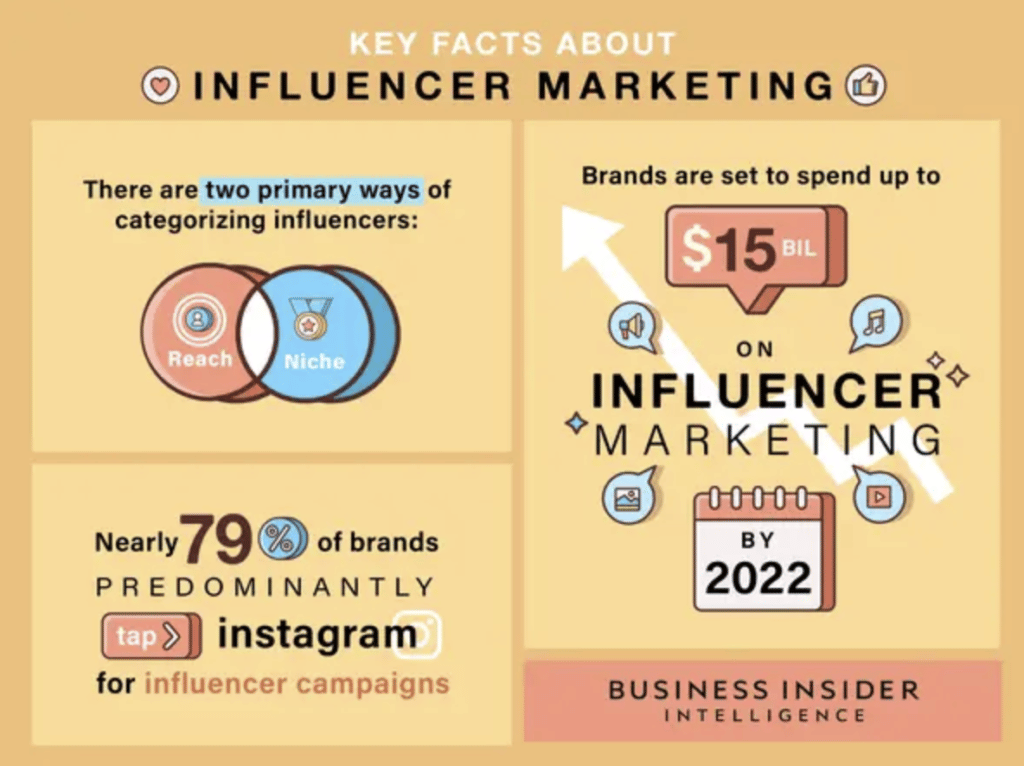
Connecting with micro-influencers means that you’re now creating another avenue for revenue generation and for driving qualified traffic and leads to your website. This isn’t about a quick transactional purchase, but knowing that the right influencers can actually provide greater value by expanding your reach and also being able to tap into their database.
Be mindful with how you develop your influencer campaigns because you don’t want to come across as cheesy or only looking for a quick sale. Instead, authenticity will win — and in the B2B world where sales cycles are much longer, you’ll want to find a way to nurture your leads and continue to keep the influencers a part of the picture because they’ve already built trust with the audience you’re wanting to target.
Get in Front of Target Customers
What’s the easiest way to get in front of potential customers? Simply put: advertising. Clients who come to me for help simply see the largest waste here because they aren’t optimizing ads, copy, and creative to truly meet their target personas in the buyer journey and they aren’t adding enough variety.
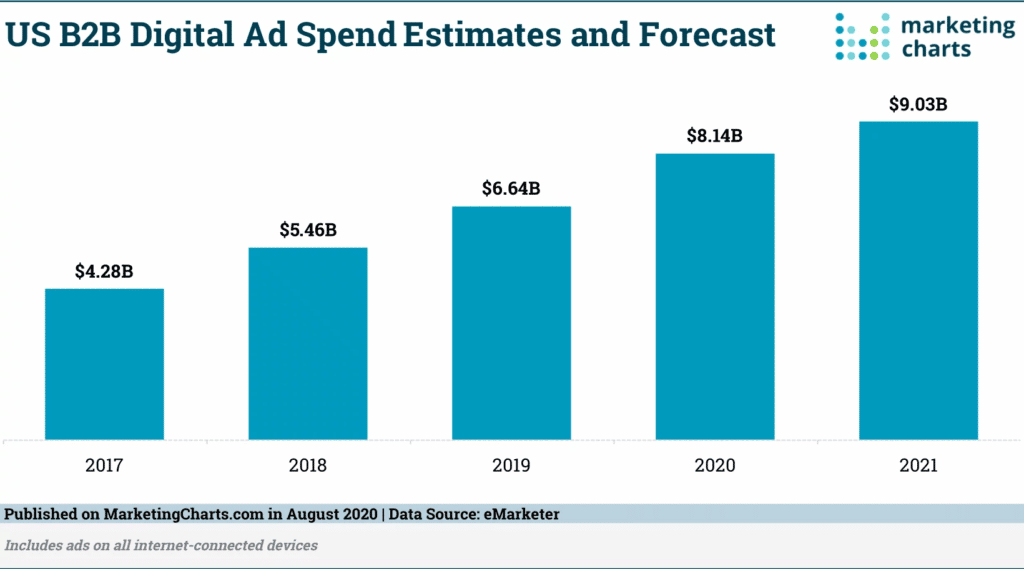
A successful advertising campaign really comes down to your ability to really understand every single advertising platform down to its core so that you don’t waste your ad dollars, along with the ability to be creative enough to get the right people to take action.
So what does that all entail?
You need to understand your target customers, of course. But on a more serious note, you have to pivot when things aren’t working. One of the biggest mistakes I see is not creating enough variety — meaning I get hit with the same ads over and over again.
Ugh. Ad fatigue is a real thing. Don’t be complacent or lazy. Do it the right way and you’ll see the right leads flock towards your company.
Finally, make sure you tie targeted landing pages to the ads that you run. This helps create a clear connection from the click to the actual landing page. Doing so will also entice people to give you their information so that they can learn more about your offerings.
Be Smart with Email Marketing
Email marketing is one of the top channels for B2B lead nurturing and even outreach. Make sure you are thoughtful with how you approach your email marketing strategy because the more you are, the more likely it is that you will convert leads into opportunities.
Here are things you can be doing right now that will drastically improve your pipeline:
- Employ lead scoring and know how to leverage the ins and outs of that to your advantage. Read my latest post to learn more.
- A/B test subject lines, copy, creatives, and CTAs.
- Focus on value over just pushing people down the funnel.
- Direct traffic to a targeted landing page.
- Test send times and days.
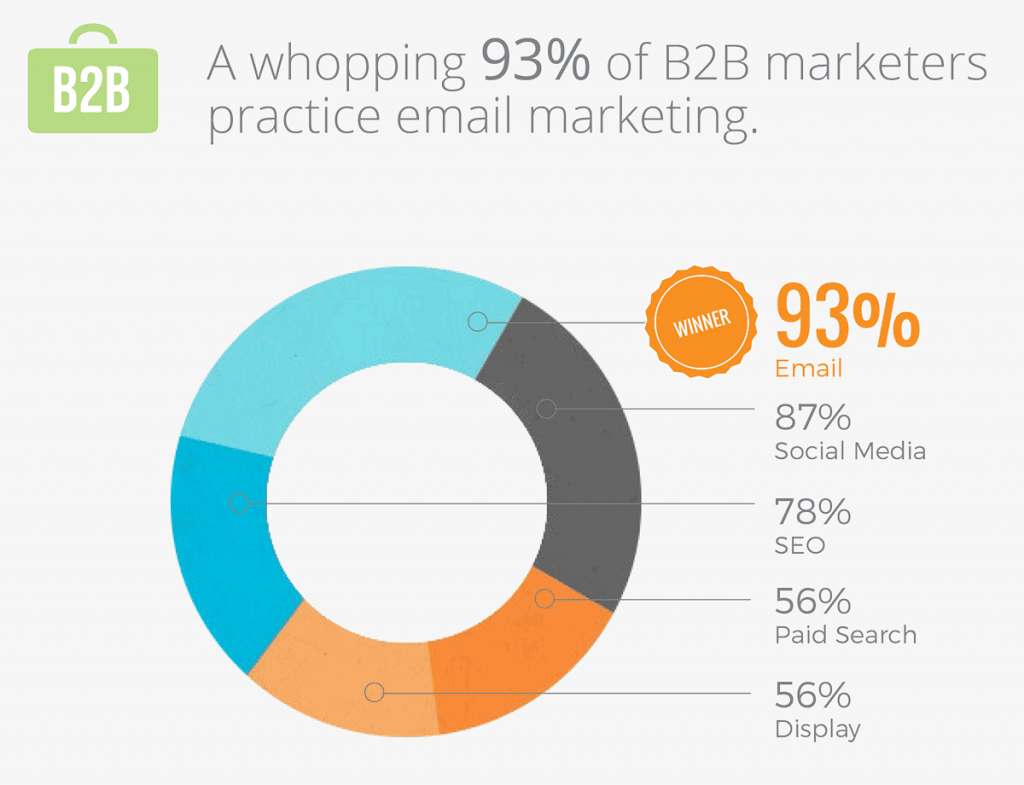
In order to run a successful email marketing campaign, you need to have the right tools in place. I recommend Hubspot to my B2B clients because it is fully scalable and has so many features. In Hubspot, you can not only run a full email marketing campaign, but also schedule social media updates and complete customer service functions. Check out their many options here — and did I mention that their email marketing is currently free?
If your business isn’t ready for Hubspot, I would recommend Ontraport. Although it doesn’t have as many features as Hubspot, it has everything you need to run an effective email marketing campaign, including segmentation, automatic follow-up, and tracking. You can get a free demo of Ontraport by clicking here.
Moving Forward
In summary, there’s no getting ahead without a marketing strategy. You can look at what’s worked for others, but ultimately, it’s about finding what works for you. The only way you’ll be able to do this is to adopt a growth hacking strategy that will allow you to collect enough data points to help with better decision making.
Also, make sure you do yourself a favor and check out some of my latest posts to help get you started as well:
- The Essential Guide to Lead Generation
- How to Run Digital Ads That Will Drive Leads and Sales
- 25 marketing ideas to spark your creativity
- The Beginner’s Guide to SEO
- Top Marketing Metrics to Track for Growth Performance
- How to Build a Road Map for Your Marketing Strategy [Updated]
Disclosure: Please note that some of the links above are affiliate links. I only recommend products and services that I use and stand behind, and if you decide to try them, I will earn a commission at no cost to you. Doing so helps me run this blog and provide free content for you, my readers.





